
14 Digital Marketing Solutions to Grow Your Business
14 Essential Digital Marketing Solutions to Boost Your Business Growth
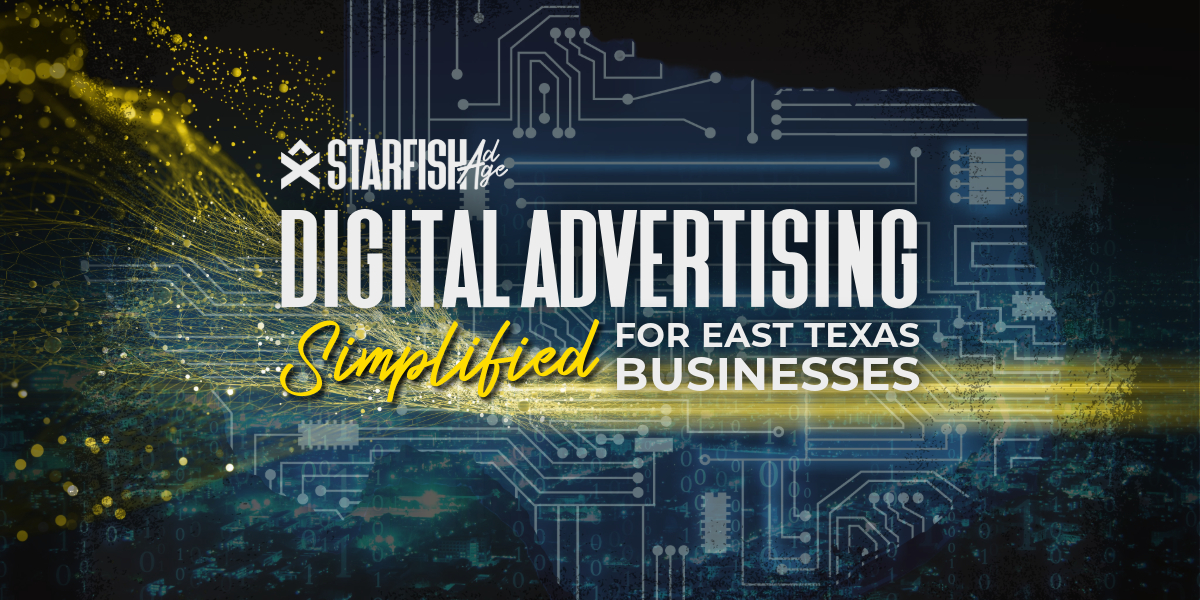
Advertising bridges the gap between companies and consumers, providing a platform for businesses to communicate the benefits of their products or services while engaging potential buyers. The core aim of any advertising strategy—whether traditional or digital—is to influence consumer decisions, steering them towards a particular brand or product. This is accomplished through a blend of creativity, strategic persuasion, and the dissemination of information, making advertising a vital tool for fostering business growth and enhancing customer engagement.
Advertising has evolved significantly from its early days. Initially, it was straightforward, often no more than a sign above a shop or a vendor’s call at a market. However, as societies advanced, so did advertising methods. The 1700s introduced newspaper ads, which paved the way for the dynamic reach of radio and television in the 20th century. These mediums introduced memorable jingles and compelling visuals that could reach millions of viewers. The advent of the internet marked a pivotal shift, ushering in an era of digital advertising where ads became smarter, more targeted, and widely accessible. Today, digital advertising leverages a variety of platforms and techniques, from the use of Google Adwords, search advertising, and banner ads on web pages to sophisticated video ads on social media platforms.
Digital advertising strategies now emphasize precision through keyword research and targeting specific demographics via social media ads, search ads, and display ads. Modern marketers use a plethora of digital channels, including online advertising on social media platforms like Instagram, video marketing on platforms like YouTube, and search engine marketing that enhances visibility in search engine results pages. This evolution reflects a shift from broad-spectrum traditional advertising to more targeted digital tactics that aim to reach a specific audience online, generate sales, and increase brand awareness more efficiently.
Digital advertising offers various ad formats, such as text ads, video ads, and native ads, that appear seamlessly on platforms like Facebook and Instagram, integrating into user news feeds and enhancing the user experience. The focus is on creating marketing campaigns that not only serve ads but also engage users, support lead generation, and drive traffic to websites through both paid ads and organic search results. Digital marketers now tailor their strategies to meet campaign objectives, employing digital advertising metrics to gauge effectiveness and optimize ad spending across different ad formats and online channels.
The cornerstone of any successful digital advertising campaign is a deep understanding of your target audience. This critical first step involves not just identifying those who need your product or service but also understanding who is most influenced by your ad campaigns. This insight is pivotal to directing your marketing efforts and ad spending effectively.
Demographic analysis is fundamental in gathering and examining data about the various groups within your target audience, including age, gender, income levels, education, and marital status. This data helps digital marketers tailor their messages on digital channels to meet the specific needs, preferences, and lifestyles of their target demographic. Such targeted advertising enhances the relevance and effectiveness of digital ad campaigns, ensuring higher engagement rates.
Complementing demographic analysis, psychographic profiling delves into understanding why certain users might engage with your product. This strategy assesses the attitudes, aspirations, and other psychological attributes of potential customers, providing insights into their lifestyles, values, and behaviors. This level of understanding is crucial for crafting digital advertising strategies that not only reach but also resonate deeply with your target audience, influencing their purchasing decisions and enhancing customer engagement.
By integrating demographic analysis with psychographic profiling, advertisers can create highly focused and effective marketing campaigns that not only reach but also significantly impact their target audience on various online channels.

The clarity of your message is vital across all forms of advertising, from traditional platforms like TV commercials to digital ads on social media platforms and Google Ads. A clear, concise message ensures that the audience quickly grasps and retains the core message, enhancing the likelihood of engagement, whether it’s through a video ad, a search ad, or a display ad on third-party websites.
Engaging the emotions of your audience is important for a compelling digital advertising campaign. Emotional appeal in advertising can significantly enhance the impact of your message, making it more memorable and more likely to prompt action. For instance, video ads that showcase emotional stories or social media ads that tap into the current sentiments of the audience can drive stronger connections, prompting actions like purchases or shares. This strategy is especially effective in video marketing, influencer marketing, and native advertising, where the goal is to blend promotional messages seamlessly into the content that viewers already consume.
Through these strategies, advertisers can enhance their digital advertising efforts, ensuring that each campaign not only reaches but also engages the target audience effectively, ultimately driving lead generation, increasing brand awareness, and generating sales through various digital ad formats and marketing campaigns.

Colors and fonts play crucial roles in making ads visually appealing and effective. Specific colors can evoke certain emotions or associations—red can signify excitement or urgency, while blue might evoke feelings of trust and stability. Similarly, the choice of fonts can significantly affect how the message is perceived; a strong, bold font may convey strength and reliability, whereas a soft, flowing script might suggest elegance or gentleness. By carefully selecting colors and fonts, advertisers can subtly influence how the audience feels about the message being conveyed.
The images used in advertising can be just as important as the words. A well-chosen image can capture attention, tell a story, and evoke emotions, all at once. For instance, an advertisement for a vacation package might use images of a sunny beach and happy vacationers to project feelings of joy and relaxation, enticing viewers to book a trip. In contrast, a charity working to prevent deforestation might show images of affected wildlife to elicit sympathy and encourage donations. The right images not only complement and enhance the ad’s message but also make it more likely to leave a lasting impression on the viewer.
Advertising has evolved over the years, but traditional channels still play a critical role in marketing strategies for many businesses.

Print media advertising includes advertisements in newspapers, magazines, flyers, and brochures. Despite the surge in digital consumption, print ads remain effective in reaching local audiences and niche markets. They often appeal to readers who prefer physical copies and can be especially influential in communities where digital penetration is lower. Print ads also offer permanence; a magazine or newspaper can sit on a coffee table for weeks, continually exposing the reader to the advertisement.
Television and radio are cornerstone platforms for advertisers aiming to reach a broad audience. Television ads can have a visual and auditory impact, combining dynamic visuals with sound to create powerful, memorable messages. Radio ads, while lacking the visual element, can be highly effective through catchy jingles and persuasive dialogues, especially when targeting commuters and local demographics. Both mediums allow advertisers to tap into established viewer and listener bases to promote products, events, or services widely.
The rise of the internet has opened new avenues for advertising that are highly targeted and interactive.

Social media platforms like Facebook, Instagram, Twitter, and LinkedIn offer businesses unique ways to reach specific demographics. These platforms provide tools for targeting ads based on users’ interests, behaviors, and connections, making ads more relevant to each user. Social media ads can range from simple banner or text ads to complex video or interactive ads, allowing brands to engage with potential customers in direct and personal ways.
Search engine marketing (SEM) focuses on promoting websites by increasing their visibility in search engine results pages (SERPs) primarily through paid advertising. This type of advertising is crucial because it targets users who are actively searching for specific products or services, making them highly likely to convert into sales or leads. SEM uses keywords that potential customers might use when searching, ensuring that the ads appear to the right audience at the right time, maximizing both relevance and impact.
These varied advertising types each offer unique benefits and can be used in combination to achieve comprehensive marketing strategies that engage audiences through multiple channels and mediums.
Guerrilla advertising stands out for its creative, unexpected approach that often takes place in public spaces. This strategy aims to surprise potential customers with unconventional methods, making a memorable impression through high-energy encounters or unique installations. It’s particularly effective for companies looking to create buzz and viral potential without necessarily investing heavily in traditional media. For instance, a pop-up art installation in a city center or an impromptu performance promoting a new product can draw attention and engagement from passersby.
Video ads are a powerful tool for engaging audiences, especially on digital platforms. These ads can range from short clips on social media to longer, more detailed stories on YouTube or embedded in websites. The key to effective video advertising is compelling storytelling that captures interest within the first few seconds and keeps viewers watching. With the ability to combine visuals, sound, and motion, video ads can evoke emotions and drive stronger engagement and recall than static images or text alone.
Every effective advertising campaign begins with clear objectives and a well-planned budget.
The first step in planning an advertising campaign is to define what you want to achieve. Goals can vary from increasing brand awareness, boosting sales, launching a new product, or entering a new market. Clear goals help direct all subsequent planning and execution efforts, ensuring every element of the campaign aligns with the desired outcomes.
Once goals are set, the next step is to allocate budgets and resources effectively. This involves deciding how much money to spend on each part of the campaign, which channels to use, and how resources like time and personnel will be distributed. Effective resource allocation ensures that the campaign can reach its goals without overspending, making the best use of financial and human resources. For instance, a campaign aimed at young adults might allocate more budget to digital media and social networking sites, whereas one targeting an older demographic might invest more in television and radio ads.

The first phase of the creative development process involves brainstorming and formulating the initial concepts for the campaign. This stage is critical as it sets the foundation for all creative outputs. It involves gathering creative teams to generate a variety of ideas that align with the campaign’s objectives. Effective conceptualization often requires thinking outside the box to come up with unique ideas that capture the essence of the brand and resonate with the target audience. This may involve several sessions where ideas are pitched, discussed, and refined until the most compelling and appropriate concepts are selected.
Once the ideas are in place, the next step is to bring these concepts to life through the production process. This could involve various tasks such as scriptwriting, casting, location scouting for shoots, designing digital graphics, or coding for interactive ads. Production is a collaborative effort that often requires coordinators, directors, designers, and technicians working together to ensure that the final product reflects the original vision. Timelines, budgets, and quality standards are crucial considerations during this phase to keep the project on track and ensure high-quality outcomes.
To evaluate the success of an advertising campaign, it is essential to measure its performance using key performance indicators (KPIs). These metrics could include data points like reach, engagement, conversion rates, click-through rates, and overall sales figures. Selecting the right KPIs depends on the initial goals of the campaign—whether to increase brand awareness, drive sales, or improve customer engagement. These indicators help determine whether the campaign is meeting its objectives and provide insights into its impact.
The value of measuring campaign effectiveness goes beyond simple assessment. It also involves using the gathered data to make informed decisions about future advertising strategies. By analyzing the results, marketers can identify what aspects of the campaign worked well and which areas need improvement. This analysis might lead to adjustments in the advertising approach, such as reallocating budgets, tweaking messages, or even changing the creative elements to better resonate with the target audience. Continuous monitoring and adjustment based on analytics are key to optimizing the campaign’s performance and achieving the best possible results.
Technology has dramatically altered the way businesses advertise. New tools and methods have made ads more efficient, personalized, and impactful.
Programmatic advertising uses automated technology to buy and place ads. This system uses algorithms to analyze which ads perform best in real-time, then automatically adjusts where and how often those ads are shown. This means advertisers can target audiences more precisely and at a lower cost, ensuring that their marketing budgets are used more effectively.
Data analytics in advertising involves examining large sets of data to understand consumer behavior and preferences. This information helps advertisers tailor their messages and campaigns to specific groups, increasing relevance and effectiveness. Targeting has become incredibly sophisticated, allowing ads to be shown to users based on their previous online activities, demographic details, and even their purchasing behaviors.
Augmented reality (AR) and virtual reality (VR) are set to transform the advertising world. AR adds digital elements to a live view often by using the camera on a smartphone, while VR implies a complete immersion experience that shuts out the physical world. Using these technologies, brands can create engaging and immersive experiences that enhance the consumer’s interaction with the product. For instance, a furniture company might use AR to allow customers to see how a piece of furniture would look in their own living room before buying.
Predictive advertising is another emerging trend that uses data analytics to predict consumer behavior based on their previous actions and profile data. This approach allows companies to offer products and services to the right person at the right time. Predictive models can forecast future purchase behaviors, helping advertisers to be more proactive and efficient in their campaigns.
These advancements and trends illustrate how technology continues to redefine the boundaries of advertising, making it more integrated with the everyday experiences of consumers. As technology progresses, advertisers who keep up with the latest developments are likely to find the most success.
In advertising, striking a balance between persuasion and honesty is crucial. Advertisers must ensure that while they seek to influence and persuade target audiences through various digital advertising strategies, they maintain transparency and truthfulness in their messaging. This balance is essential not only for building trust with the audience but also for adhering to ethical standards in marketing practices.
Advertising is bound by specific regulations and compliance measures that vary by region and platform. These rules are designed to protect consumers and ensure fair competition among businesses. Whether it’s adhering to the guidelines set by Google Ads, following the standards for display advertising on social media platforms, or complying with broader advertising laws, advertisers must stay informed and compliant. This compliance helps prevent the misuse of digital ad formats and ensures that all advertising efforts are fair and legal.
Ethical advertising goes beyond mere compliance with laws; it involves embracing practices that uphold the dignity and respect of all individuals. This means avoiding deceptive ad formats, and misleading claims, and respecting user privacy across all digital channels. Ethical practices in digital advertising not only foster a positive public image but also build long-term loyalty and trust among consumers.
Advertisers have a powerful platform and a responsibility to promote positive messages that contribute to societal well-being. This can include campaigns that focus on generating brand awareness around social issues, using influencer marketing to champion causes, or creating content that supports diversity and inclusion. Through these efforts, advertisers can use their extensive reach on online channels and social media to effect positive change and foster community engagement.
In an era where information is readily accessible, advertisers must be vigilant against spreading misinformation. Ensuring the accuracy of the information shared in advertisements, especially those circulated on social media and search engines, is crucial. Advertisers should verify facts before launching ad campaigns, use reliable sources, and commit to transparency to maintain credibility and trust. Avoiding misinformation not only aligns with ethical advertising practices but also protects the audience from being misled, thus upholding the integrity of digital marketing efforts.
By adhering to these ethical considerations and social responsibilities, advertisers can ensure that their campaigns are not only effective in reaching and engaging their target audience but also contribute positively to society and uphold high standards of integrity and honesty in all their advertising endeavors.

Digital advertising involves promoting products or services through online channels such as search engines, social media platforms, and websites. Unlike traditional advertising, which often relies on print media, television, and radio, digital advertising offers targeted strategies like search engine marketing, social media ads, and programmatic advertising to reach specific demographics.
Businesses can benefit significantly from digital advertising by tapping into a broader audience online, and improving visibility through search ads and social media platforms. Digital strategies enable local businesses to target potential customers precisely with tailored messages, increasing the efficiency of their marketing efforts and potentially driving more sales.
Small businesses should consider starting with Google Adwords and Facebook ads due to their affordability and extensive reach. Implementing search engine marketing can also boost visibility in search engine results. Additionally, engaging local audiences with video ads on platforms like YouTube can enhance engagement and build a community around the business.
Success in digital advertising can be measured using key performance indicators (KPIs) such as click-through rates, engagement rates, conversion rates, and the overall return on investment (ROI). Tools like Google Analytics can help track these metrics, providing insights into how well different aspects of an ad campaign are performing and where adjustments may be needed.
Businesses should prioritize honesty and transparency in their digital advertising campaigns, ensuring that ads are not misleading and that they respect user privacy. Complying with digital advertising regulations and standards, such as those set by the FTC for online advertising, is also relevant to maintaining credibility and trust with the audience.

14 Essential Digital Marketing Solutions to Boost Your Business Growth
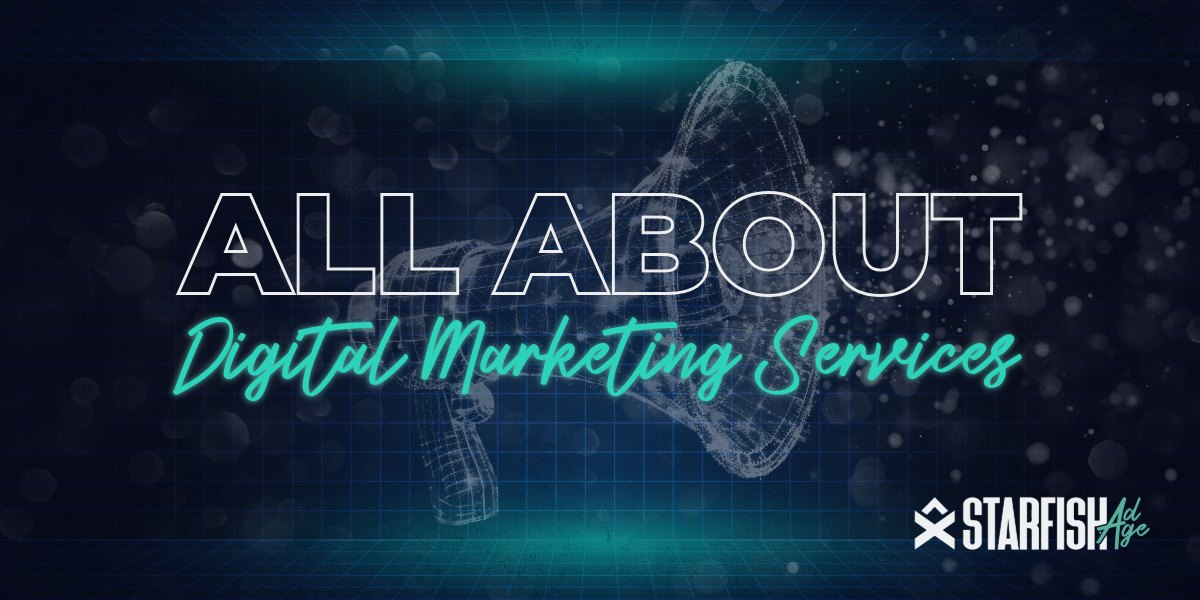
Learn about SEO, PPC, social media marketing, content marketing, and more to drive traffic and conversions. Read now!
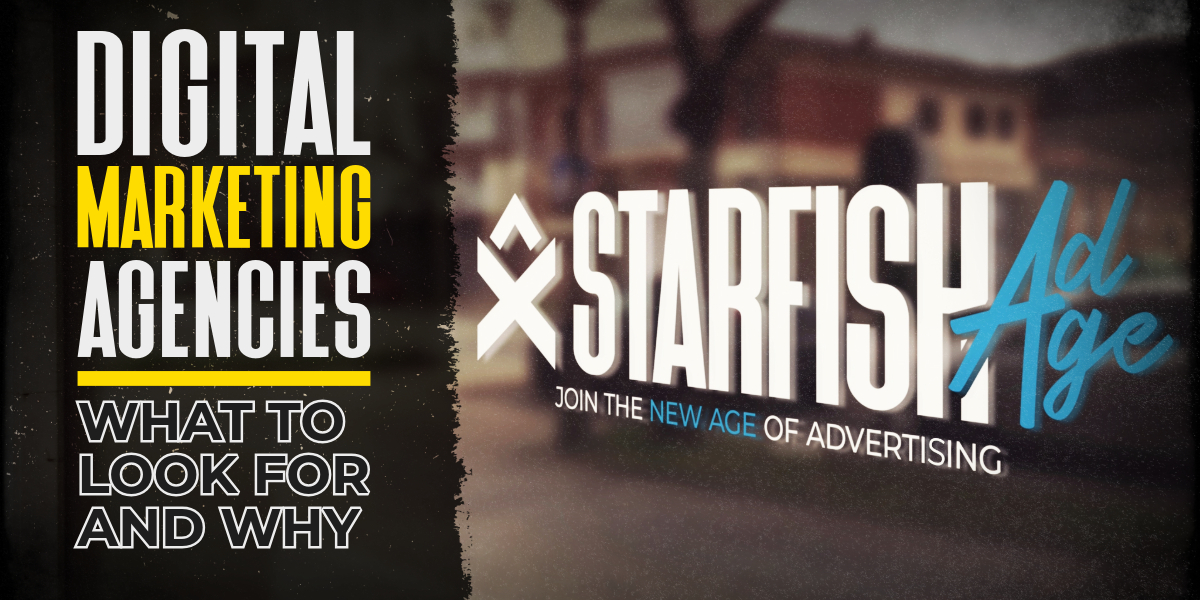
Learn how to select the best digital marketing agency for your small business, the benefits of hiring an agency, and tips for maximizing your online presence.
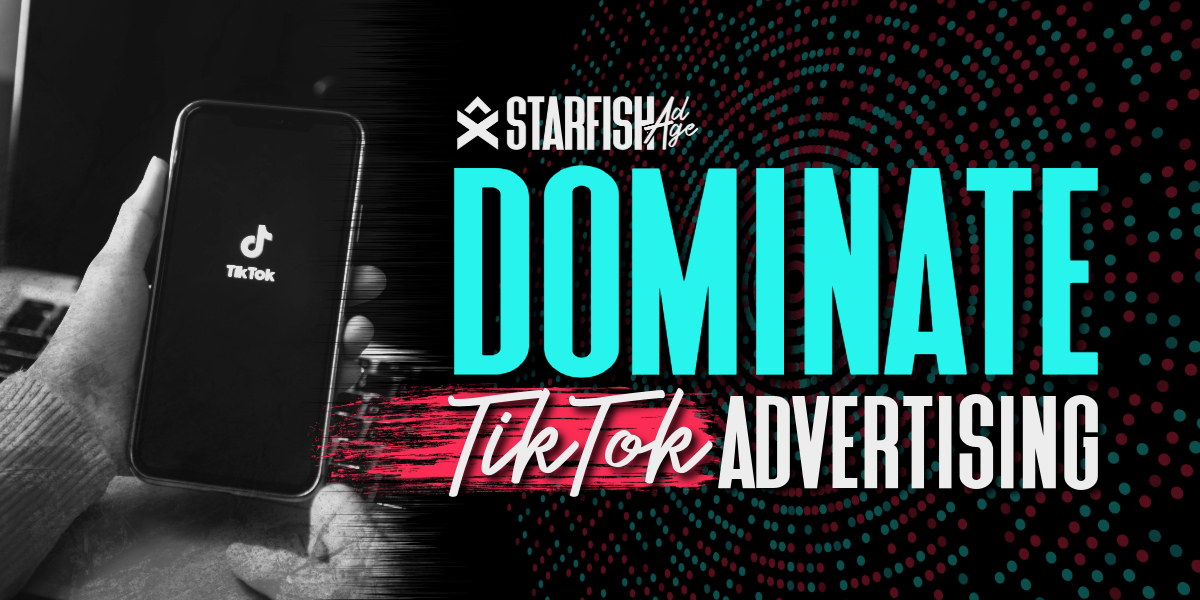
Learn how to leverage TikTok advertising, ad formats, targeting options, and best practices to increase brand awareness, and drive sales.

Learn about Connected TV (CTV) ads, their benefits, and how they work. Understand programmatic CTV advertising for effective digital marketing campaigns.
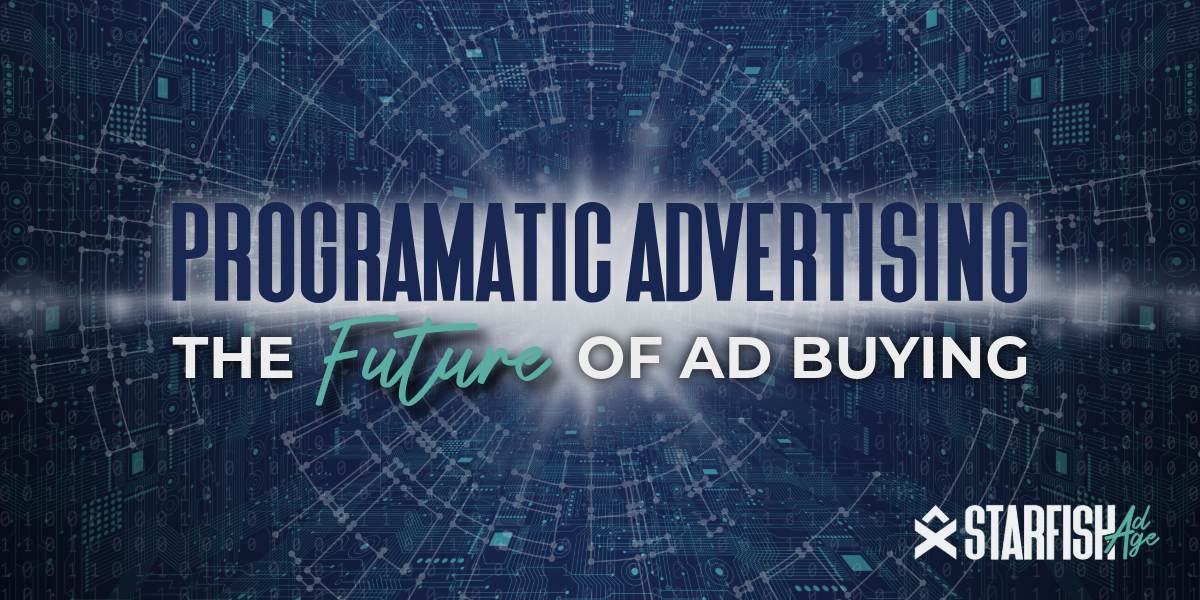
Discover the benefits of programmatic advertising, an automated method of buying digital ad space that enhances targeting, efficiency, and campaign performance.
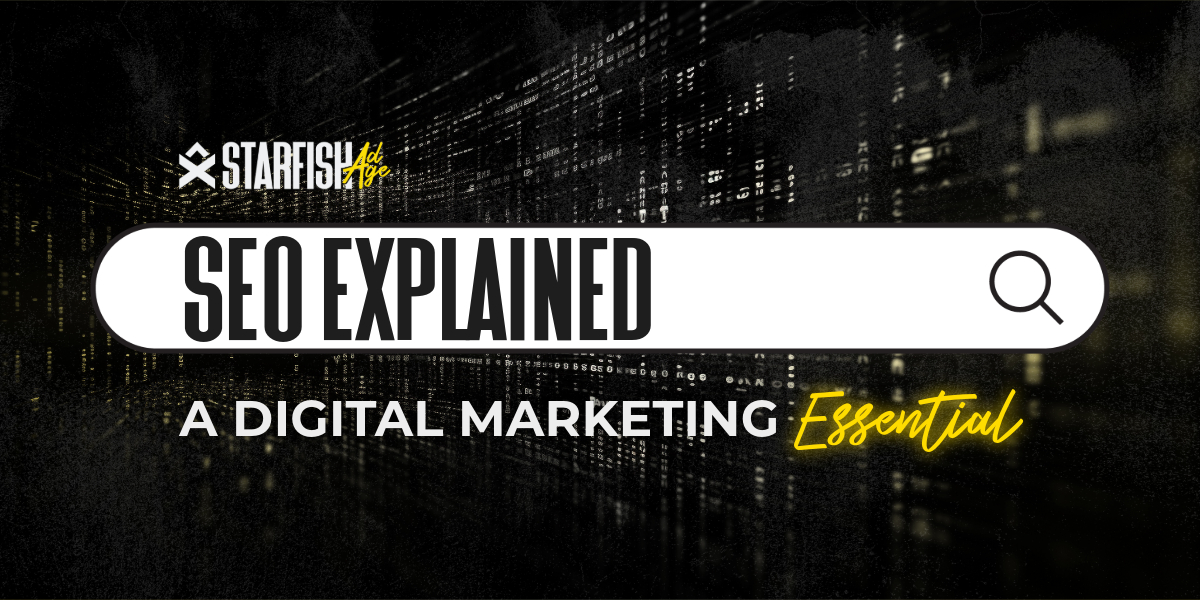
Discover what SEO in digital marketing is and why it matters. Learn how search engine optimization can increase your business’s success.

Learn how to advertise on Google effectively. The basics of Google Ads, from setting up your account to targeting your audience and driving qualified traffic.

Discover how to advertise on Facebook. Learn about Facebook ad campaigns, targeting options, and ad formats to reach your audience effectively.

Discover how to advertise on Facebook. Learn about Facebook ad campaigns, targeting options, and ad formats to reach your audience effectively.

Explore digital marketing essentials for modern businesses. Explore the history, strategies, data-driven targeting, message marketing, and content creation.

Explore digital marketing essentials for modern businesses. Explore the history, strategies, data-driven targeting, message marketing, and content creation.

Starfish Ad Age provides tips and strategies for choosing the best advertising platforms to promote your business, ensuring growth and maximizing ROI.

Discover how to get ahead in advertising with effective strategies and insights on how to grow your business in today’s digital environment.

Learn how brand identity, effective logo design, and a cohesive brand strategy can transform your business. Explore essential tips for impactful branding.

Learn how brand identity, effective logo design, and a cohesive brand strategy can transform your business. Explore essential tips for impactful branding.
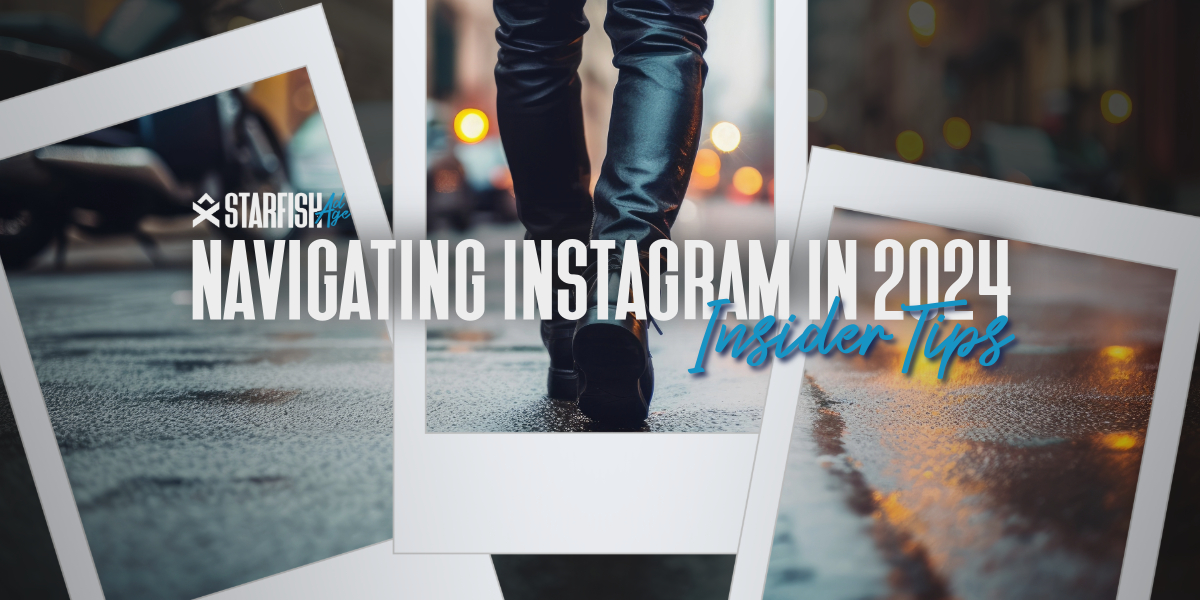
Gain insights from success stories and FAQs to optimize your Instagram strategy and connect with your target audience more effectively than ever before.

Explore the comprehensive guide to the TikTok ban debate in the U.S., including the rise of TikTok, concerns over privacy and national security, and the implications for users and the broader social media landscape.

Explore the essential distinctions between marketing and advertising and learn how each plays a unique role in business success.

Discover how social media transforms business promotion, enhancing brand awareness, and driving sales through ads, content, and influencer partnerships.

Discover how AI enhances efficiency while human creativity remains essential. Learn what AI can and can’t do, its benefits, challenges, and the future of AI in digital marketing.

Discover key strategies for East Texas businesses to engage audiences and enhance marketing with short-form videos.

What is inclusive marketing, and how can it transform your brand’s relationship with diverse audiences?

In marketing, the impending demise of third-party cookies is not just a challenge; it’s an opportunity to innovate.
All Rights Reserved | Starfish Ad Age LLC | 2023 | Privacy Policy